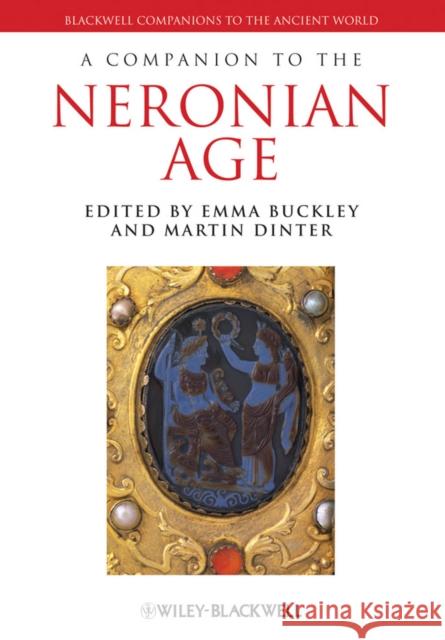A Companion to the Neronian Age » książka
topmenu
A Companion to the Neronian Age
ISBN-13: 9781444332728 / Angielski / Twarda / 2013 / 504 str.
An authoritative overview and helpful resource for students and scholars of Roman history and Latin literature during the reign of Nero.
- The first book of its kind to treat this era, which has gained in popularity in recent years
- Makes much important research available in English for the first time
- Features a balance of new research with established critical lines
- Offers an unusual breadth and range of material, including substantial treatments of politics, administration, the imperial court, art, archaeology, literature and reception studies
- Includes a mix of established scholars and groundbreaking new voices
- Includes detailed maps and illustrations











